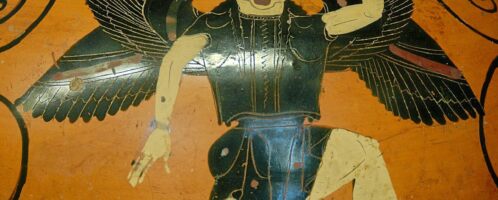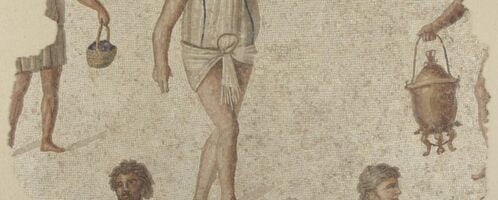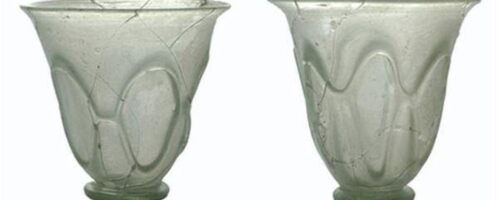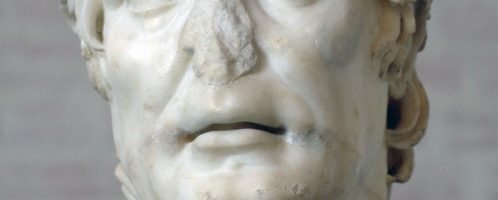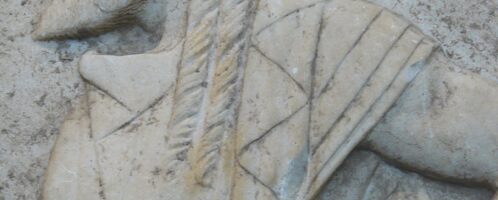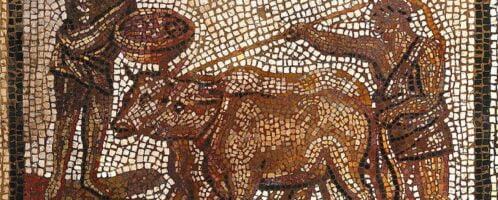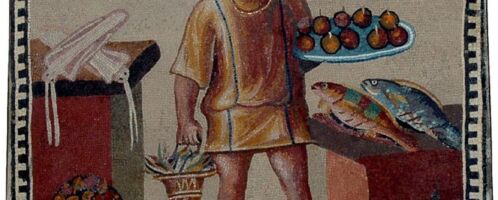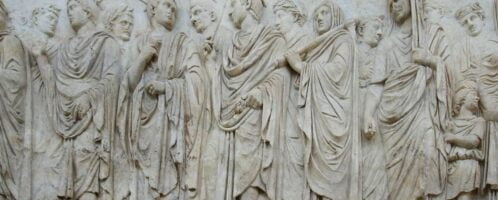If you have found a spelling error, please, notify us by selecting that text and pressing Ctrl+Enter.
Curiosities of ancient Rome
The world of ancient Romans abounded in a number of amazing curiosities and information. The source of knowledge about the life of the Romans are mainly works left to us by ancient writers or discoveries. The Romans left behind a lot of strange information and facts that are sometimes hard to believe.
Slave revolt led by Titus Vettius
Slave revolts in ancient Rome were not uncommon. However, a more interesting event is certainly the slave uprising in Campania in 104 BCE, which was started by a Roman citizen and equestrian – a certain Titus Vettius.
Shameful final years of Gaius Marius’ life
The first century BCE was an extremely turbulent period in the history of ancient Rome. During this time, there were struggles for power and influence between the populares and the optimates. The main enemies were Gaius Marius and Lucius Cornelius Sulla, who committed a huge number of murders.
Glass Roman cups from Weklice
Roman glass cups from Weklice (Warmińsko-Mazurskie Province). Discovered during archaeological research in 2010 in the graveyard of the Wielbark culture. Together with wine-drinking vessels made of bronze, they constituted a set given as a grave gift. The cups were imported from the area of the Roman Empire. They are perfectly preserved, which is unique in itself.
First proscription letters
Lucius Cornelius Sulla is the first Roman citizen who, after the fall of the monarchy, practically took over full power in the Roman state. His rivalry with the populares led by Marius and Cynna led to the death of many Italians.
Bas-relief with Hermes
Roman bas-relief was probably made around the 1st century CE. It depicts Hermes (Mercury in the Roman Pantheon of gods), as indicated by the MP’s cane, not visible in the photo above. It was made in the so-called archaic style – consciously imitating the works of the Greek archaic era (ca. 800-480 BCE).
Gaius Furius Cresimus – example of hardworking Roman citizen
According to Pliny the Elder, already in ancient times jealousy and disbelief towards other people were visible if they achieved great success. A great example is Gaius Furius Cresimus – a farmer from Italy.
Romans valued the most slaves born in captivity
Ancient Romans created a society in which slavery was used to a large extent. It is worth emphasizing that the Romans valued slaves born in captivity (so-called vernae; in singular verna) the most because such people had never experienced a sense of freedom and considered their life situation to be a normal state.
“Cheap as Sardinians”
After Tiberius Sempronius Gracchus, consul for 238 BCE, commanded the Roman army in the fights with the Gauls, and Iberians, and then pacified Sardinia, a huge number of slaves began to flow to Rome. The saturation of the Roman market was so great at that time that, especially after the conquest of Sardinia, the phrase “cheap as Sardinians” began to be used, which referred to the situation that the price was extremely low and the supply exceeded the demand.
Fetials – Roman priests
Fetials (fetiales) were a twenty-member college of priests dedicated to Jupiter. Priests were elected for life. Their task was to declare war and conclude an alliance, which was associated with special magical formulas. Their activities were closely related to religious rites and surrounded by the highest secrecy.

